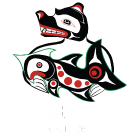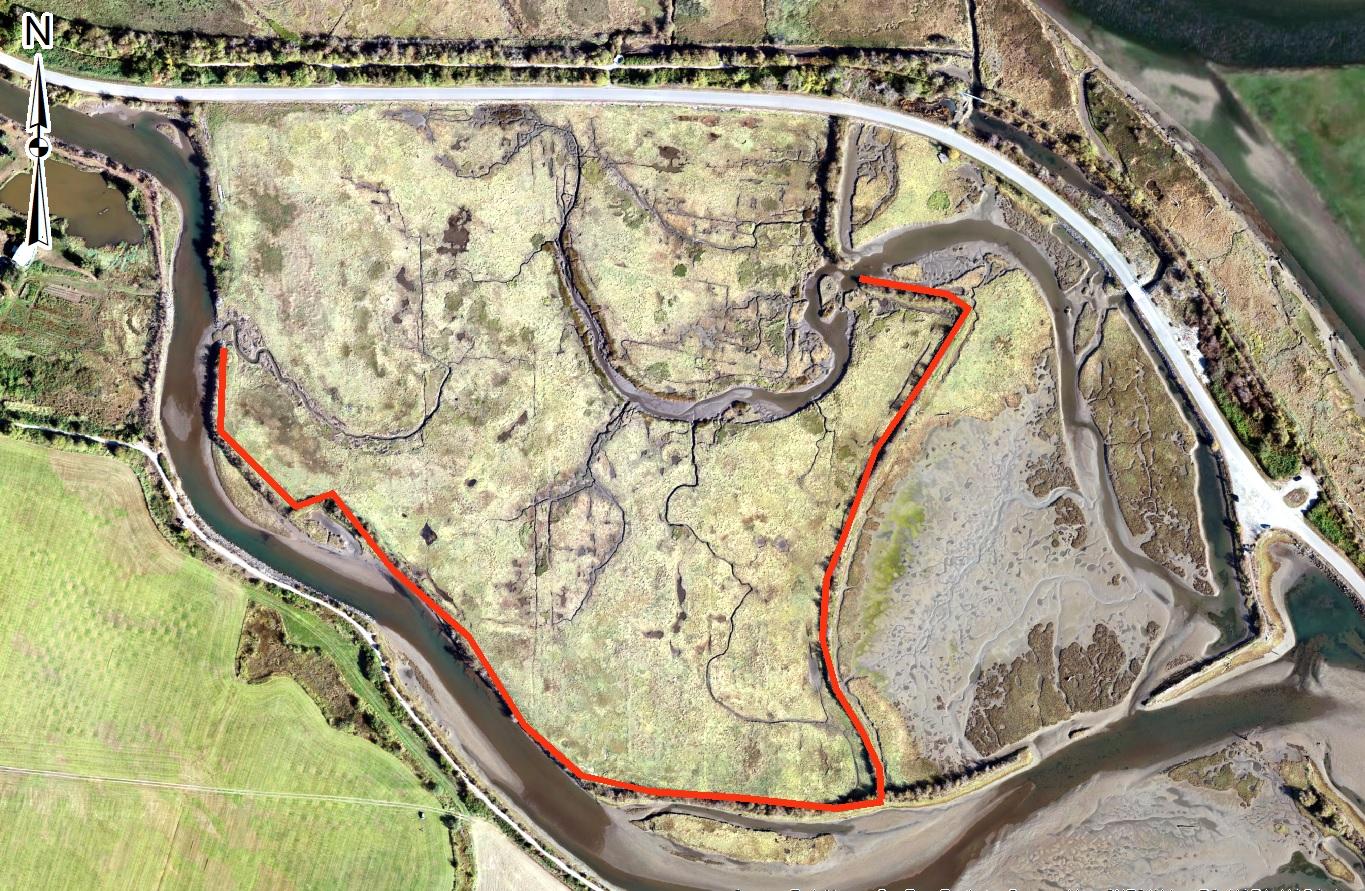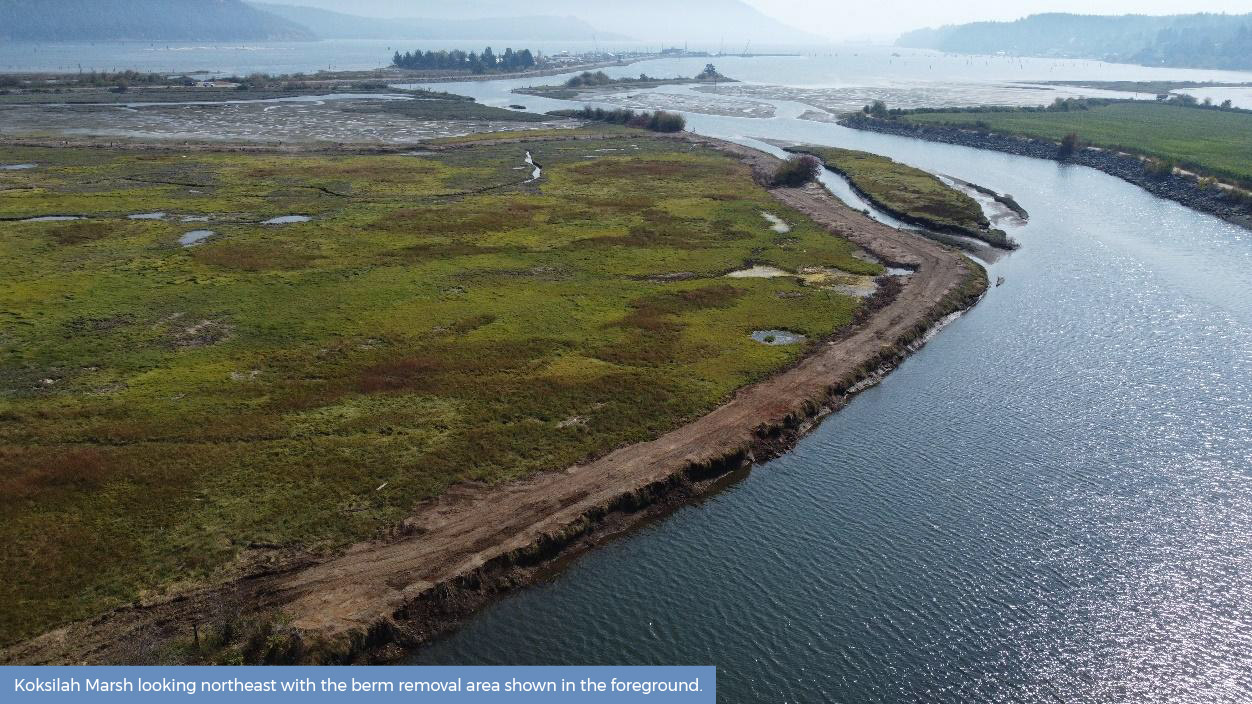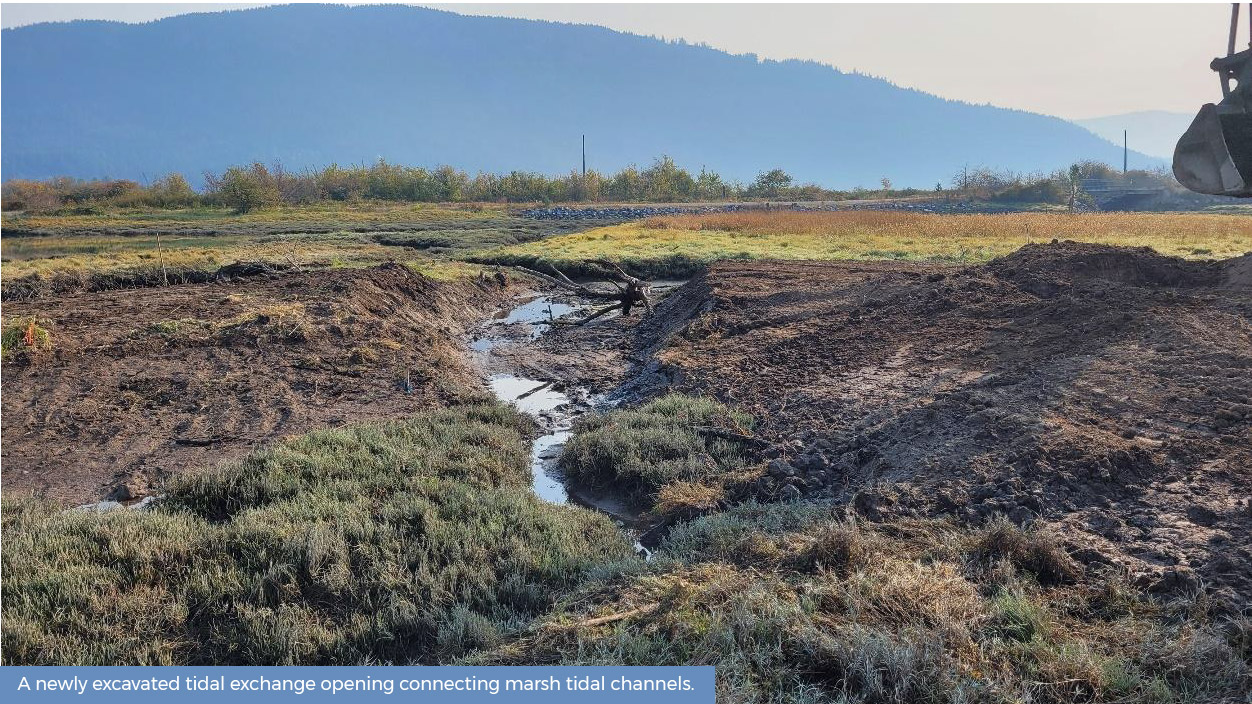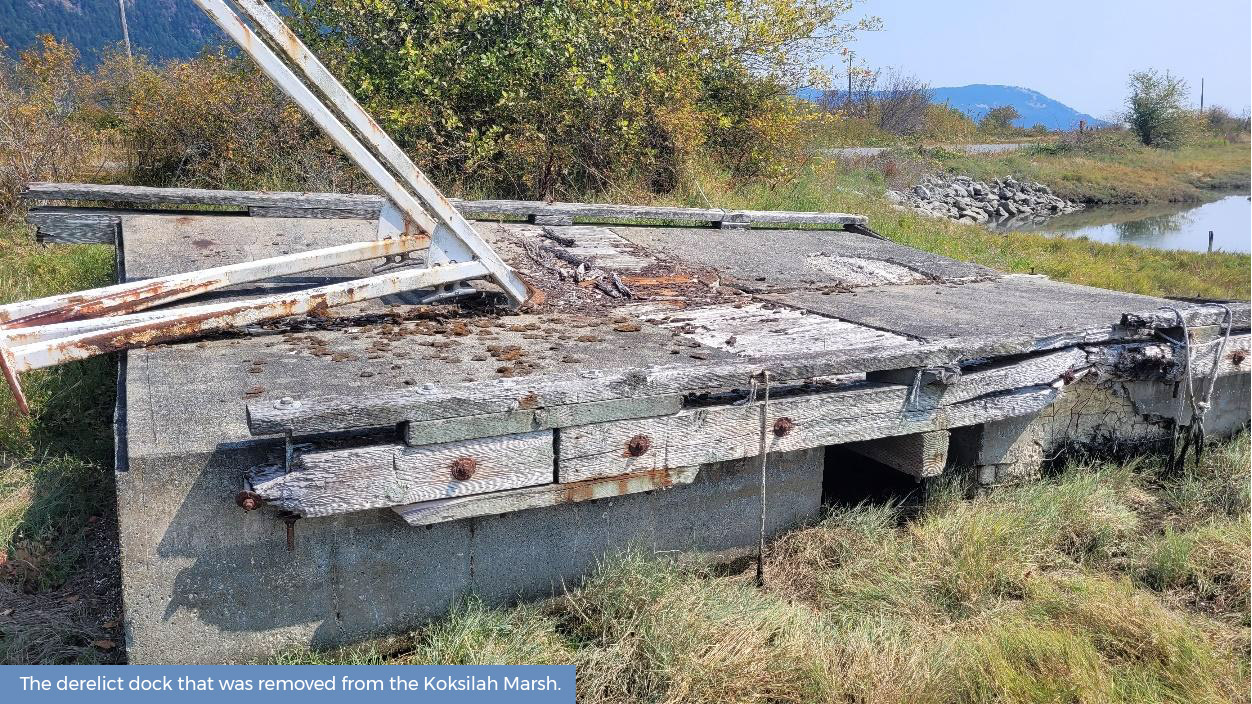Community Notice
For information purposes please be advised that we will be undertaking maintenance work on our existing Dinsdale Farm access road (access off of Cowichan Bay Road). The work is being done in accordance with ALR Land Use Regulation 35 (d) and the ALC has been notified. Equipment will be mobilized to the site March 22nd with maintenance work commencing March 25th. Work will continue for 3 days. The work entails regrading and resurfacing the access road to maintain/enable access for regular land management activities as well as access for consultants, Cowichan Tribes etc. The trail accessed from the Maple Grove Community Park will not be impacted and will be open for the duration of the work.
The work will be done by Khowutzun Development Corporation.
